What is Project Spartan, and how is it different from Internet Explorer on Windows 10?
6 min. read
Published on
Read our disclosure page to find out how can you help Windows Report sustain the editorial team. Read more
When we first heard of Project Spartan, there was speculation about what it was, its purpose, and its significance to Microsoft. Was it a Windows App or a Windows desktop application? Was it simply a rebranded Internet Explorer? Was it a browser designed to work alongside IE or was it a browser that would mark the beginning of the end of IE? We had burning questions that were for the most part answered at Microsoft’s January Windows 10 event.
At the event, Microsoft announced that Project Spartan is a “new web browsing experience for Windows 10”, and that it had a new rendering engine that was built to be compatible with today’s web standards. Project Spartan will have three new big features that would set it apart from other browsers; a note-taking mode that would allow you to annotate directly on web pages with a stylus or by touch, a distraction-free reading experience which will remove clutter from web pages, making them easier on the eyes and the addition of an offline reading list, and the inclusion of a context-aware Cortana, who can help you out with definitions, directions, and more to make information you might be looking for readily available to you.
Great, that answered our initial burning questions, but then we had more. Other than the beautiful new user features, is Project Spartan still just a modified/upgraded IE11? What is Project Spartan’s new rendering engine like compared to IE’s rendering engine? Is IE going to die?!
Slowly, but surely, Microsoft took to the IE Blog to detail Project Spartan in a little more depth. The software giant confirmed that the next-gen browser will be a Windows App that will work across PCs, tablets, phones, consoles and more. Like Windows 10, Spartan will be provided as a service, so, as Microsoft puts it, the question “Which version number are on you running on” ceases to make sense as the browser will continually receive feature updates over time. In that sense, Spartan, will be evergreen.
Microsoft wanted both Spartan and IE to be the browsers that will render all websites, old and new, accurately and as fast as possible. To achieve this, Microsoft planned to have two rendering engines built into the browsers. The first is Trident (MSHTML.dll), the existing rendering engine used in IE. Although it was updated rapidly since the launch of IE9, Trident was designed to remain compatible with the web of the past. It has legacy support for websites designed for browsers as old as IE5.5. Back then, IE also ran on the Apple Macintosh. Yes, that long ago.
(The old Spartan strategy featuring two distinct rendering engines)
The second rendering engine is Edge (EdgeHTML.dll). This new engine started out as a fork of Trident, but then quickly diverged into a separate entity. According to Microsoft, creating Edge from Trident, and then splitting the two apart allowed the company to keep all the major subsystem investments made over the last few years, while also allowing them to remove all the legacy support from the new engine. So this would leave Spartan and IE with two distinct engines; Trident, that would from here on out, remain largely unchanged outside of critical security updates, and Edge, which would continue to be updated as a service with bleeding-edge web technology and standards. Microsoft stated that Spartan and IE on Windows 10 would use Edge as the default engine, rendering your modern websites like Facebook, Twitter, Outlook.com, YouTube, and WinBeta.org and only switch back to Trident temporarily when you try to access legacy websites. The inclusion of Trident means a big deal to enterprises that haven’t updated their intranet sites since IE ran on the Mac, and there must be a lot of such enterprises out there if Microsoft is so reluctant to get simply get rid of Trident altogether.
(The new Windows 10 browser strategy; two browsers, each with its own engine)
Microsoft has since had a change of heart, and has decided to completely remove Trident (MSHTML.dll) from Spartan, and completely remove Edge (EdgeHTML.dll) from IE in Windows 10. So Windows 10 customers will be left with two browsers; Spartan solely with Edge, and IE solely with Trident (read more about Microsoft’s reasoning behind this decision here); this means that Spartan on Windows 10 will not be able to render legacy websites. Customers and enterprises that need to do so will have to turn to IE.
We assume Microsoft will make it easy for users to switch between the two browsers for the sake of convenience. So if for example a customer tries to access a legacy website on Spartan, the browser will pop with a message and a button that would quickly launch the site on IE, not unlike how you can launch a site on desktop IE from Modern IE with a click of a button on Windows 8.1. But that’s speculation, we don’t know what Microsoft might do here, we’ll just have to wait and see.
So to answer our secondary round of questions, Project Spartan is not an upgraded Internet Explorer, and while the Edge rendering engine did start out as a fork of Trident, it has diverged into a product of its own and can no longer be considered as something that is simply a modified version of Trident. IE is not going to die, if we have to put a word to it, it is being discontinued as Microsoft insinuates that it plans to keep the browser “largely unchanged” for the sake of compatibility. It will still have security updates coming its way but expect all new browser-related features to make their way to Spartan instead.
Hopefully, that clears things up a bit. Now, for the third round of questions! How much faster is Edge compared to Trident? How much faster will that leave Spartan compared to the competition? We assume Microsoft has been talking about Windows 10 for PCs all along, so will both Spartan and IE also be included in Windows 10 for phones? And here’s the big ones; What name will Microsoft finally settle on for Project Spartan, and what will its icon look like? We want answers Microsoft, don’t keep us waiting, tell us for the love of God!
Deep breath, we’ll know soon enough. Project Spartan will make its way to the Windows 10 Technical Preview in the next build, and we’ll have more answers for you then as we put the next-gen browser through some real-world tests. In the meantime, check out our hands-on with Spartan in the video above, and head over here to read all our coverage of the browser, as well as here for Microsoft’s take on it. As usual, stay tuned to WinBeta for the latest.



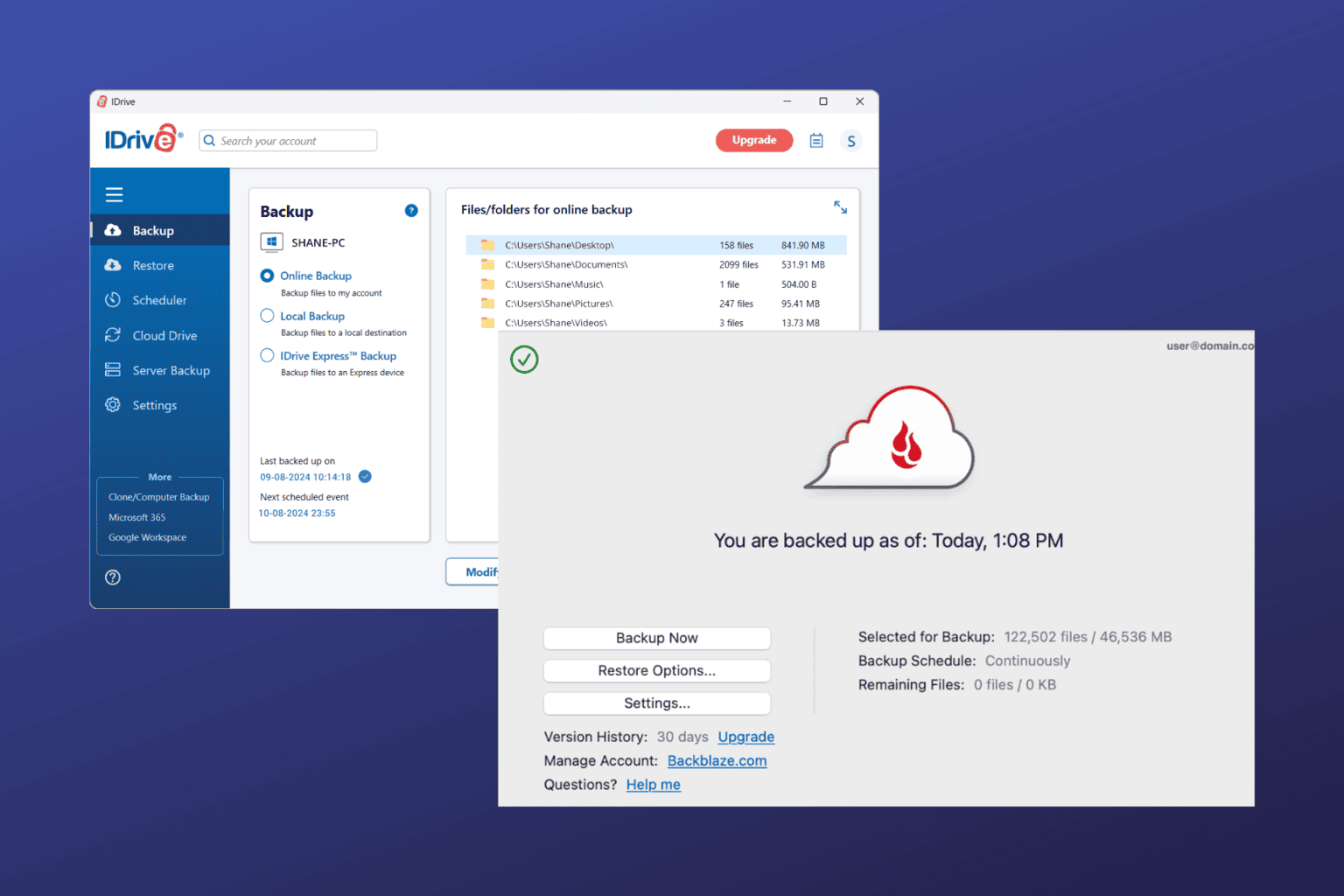
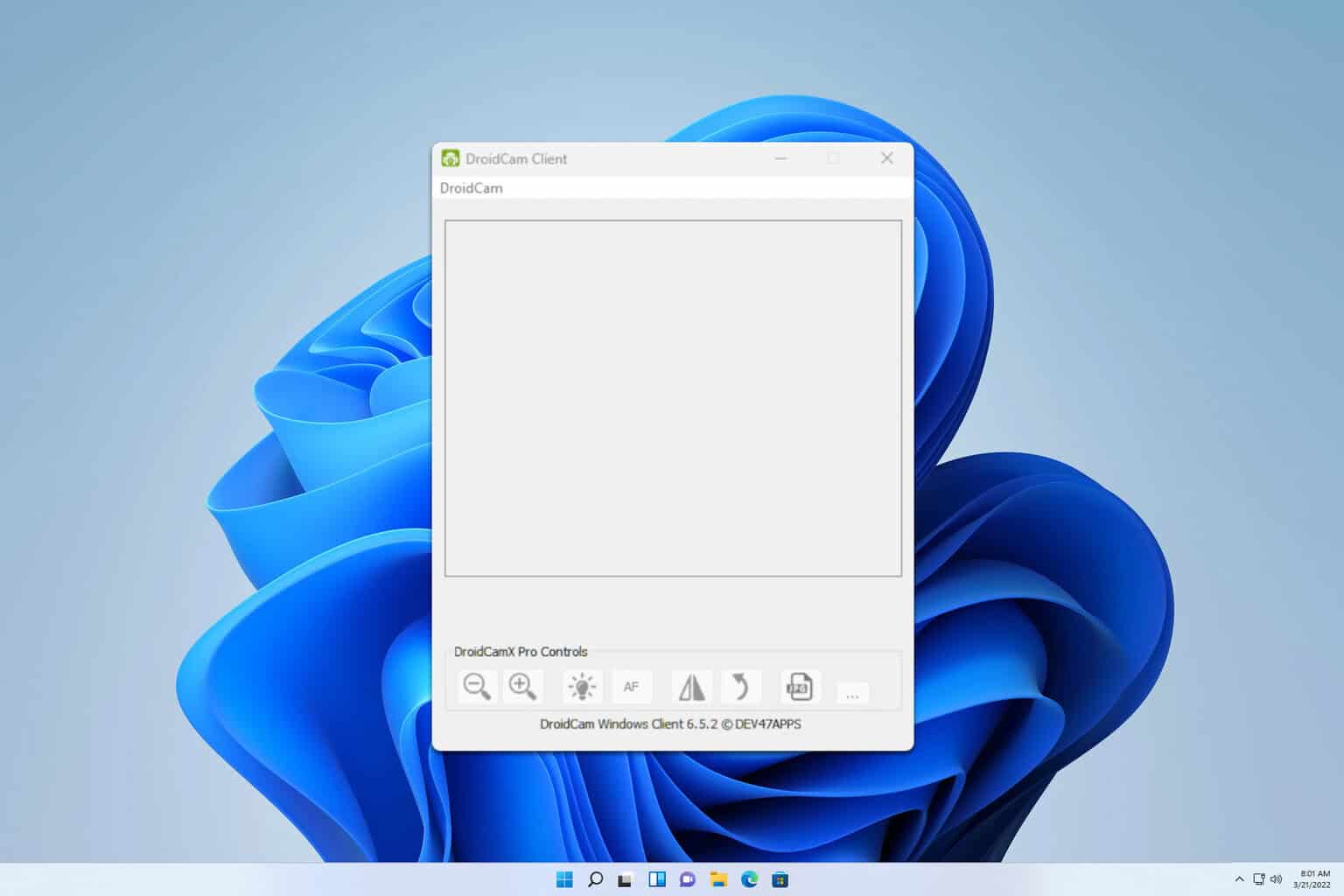
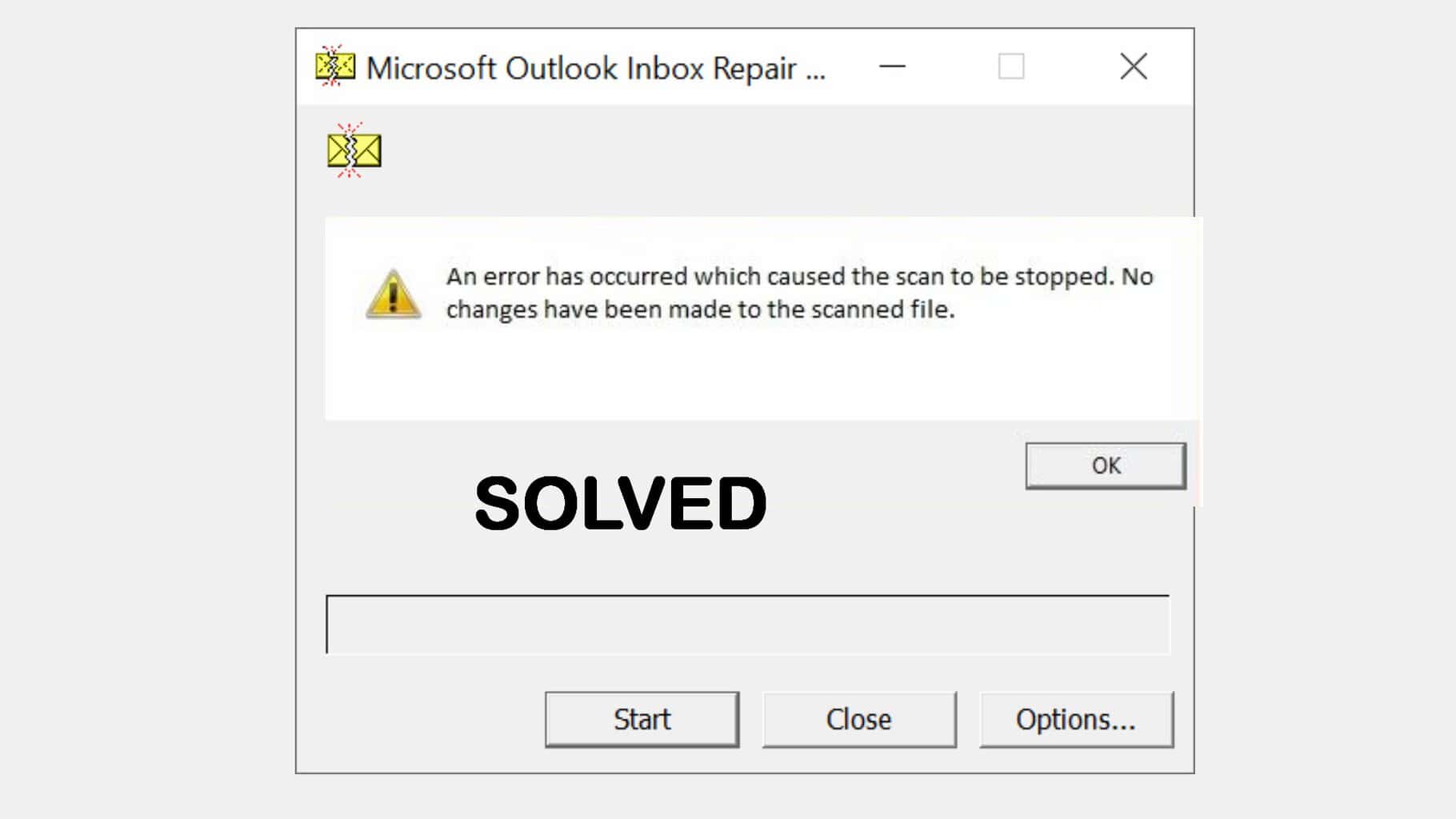
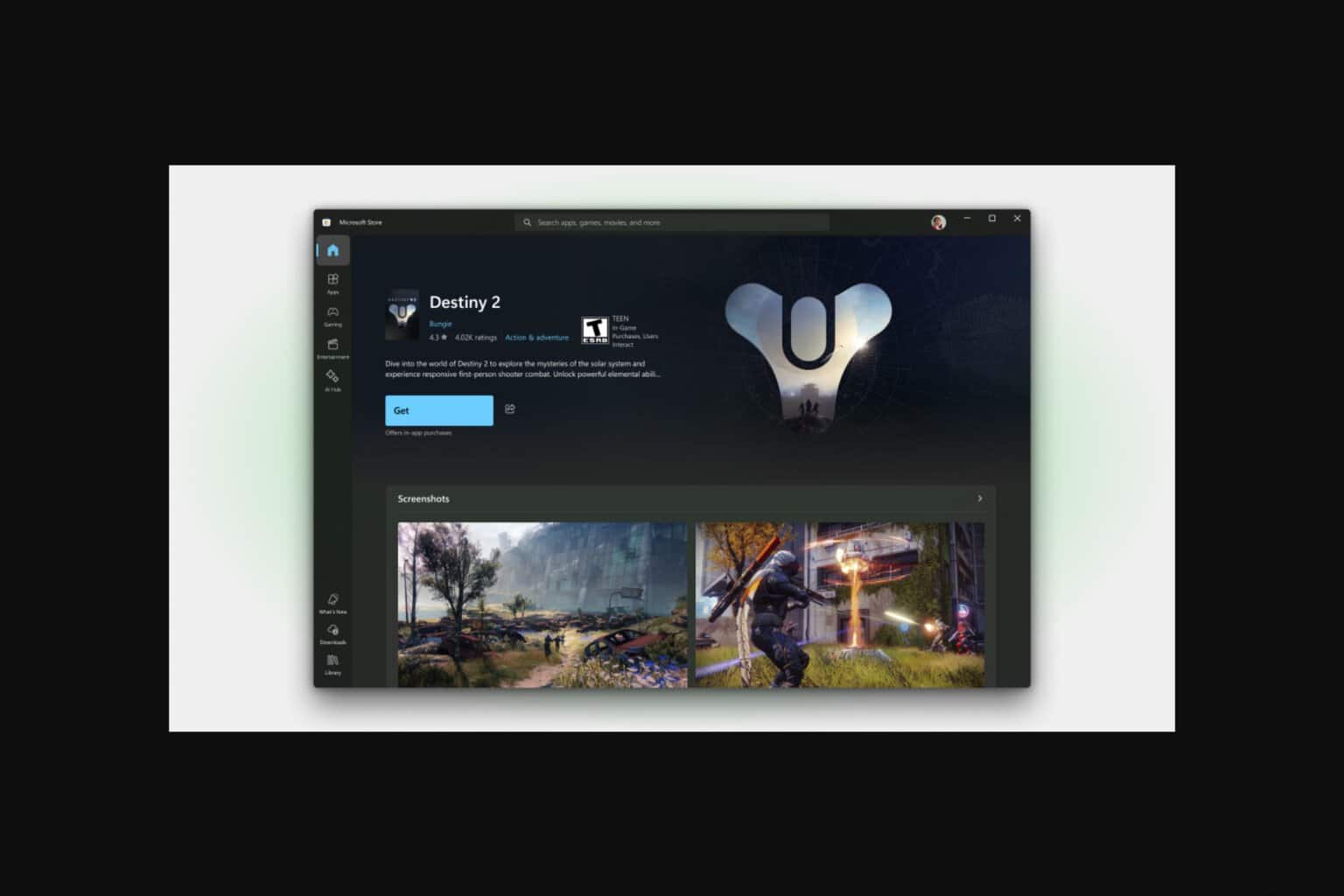

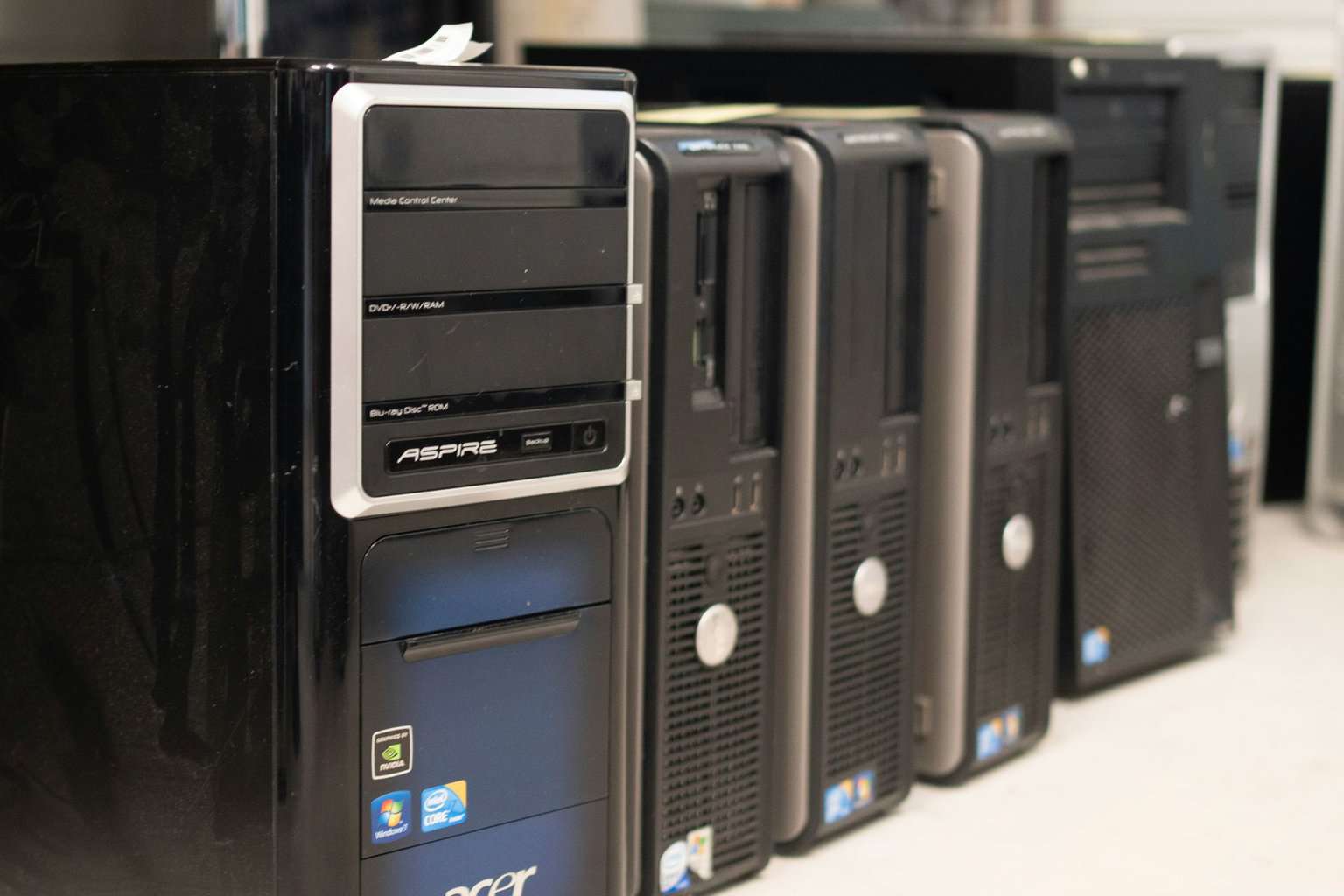
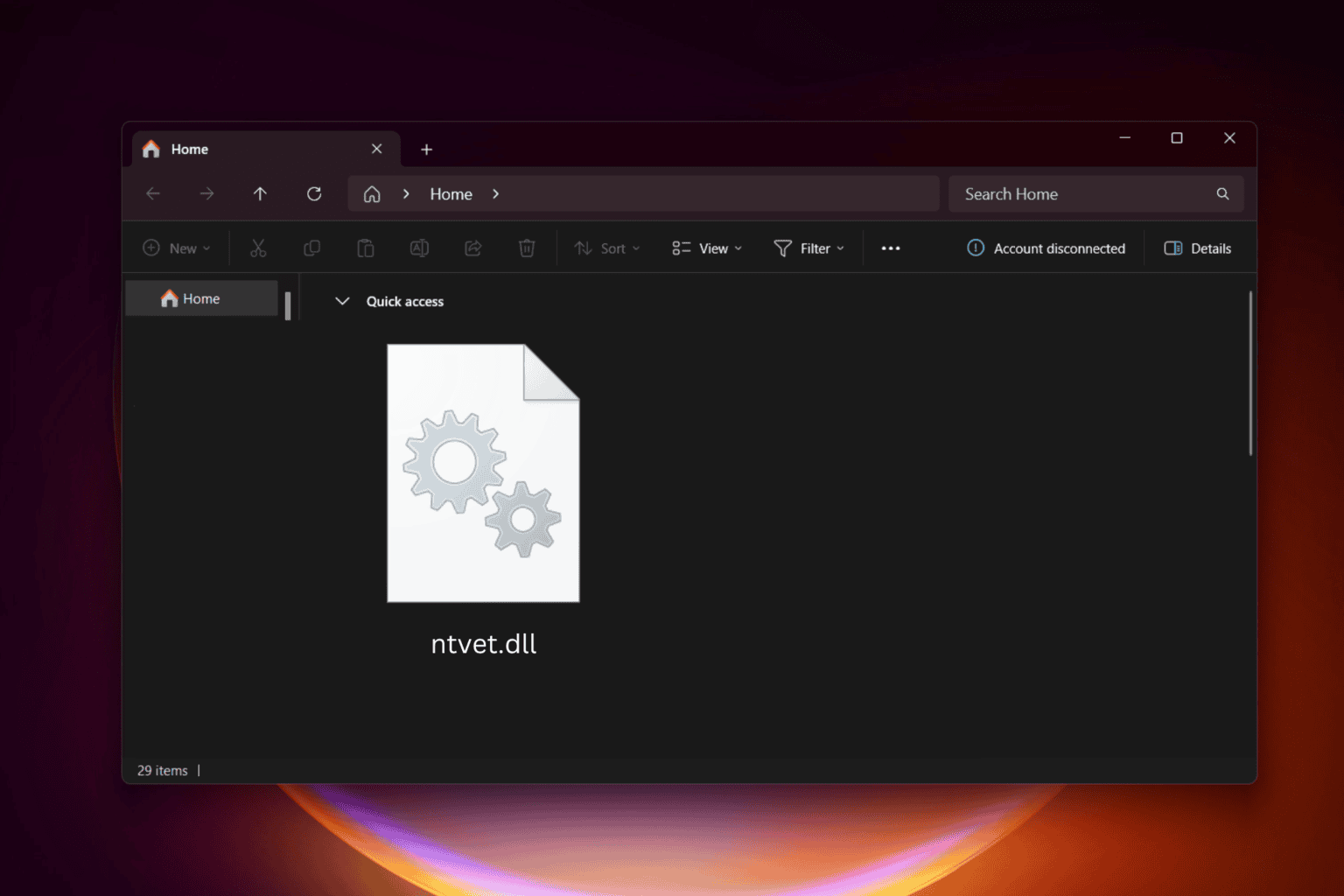
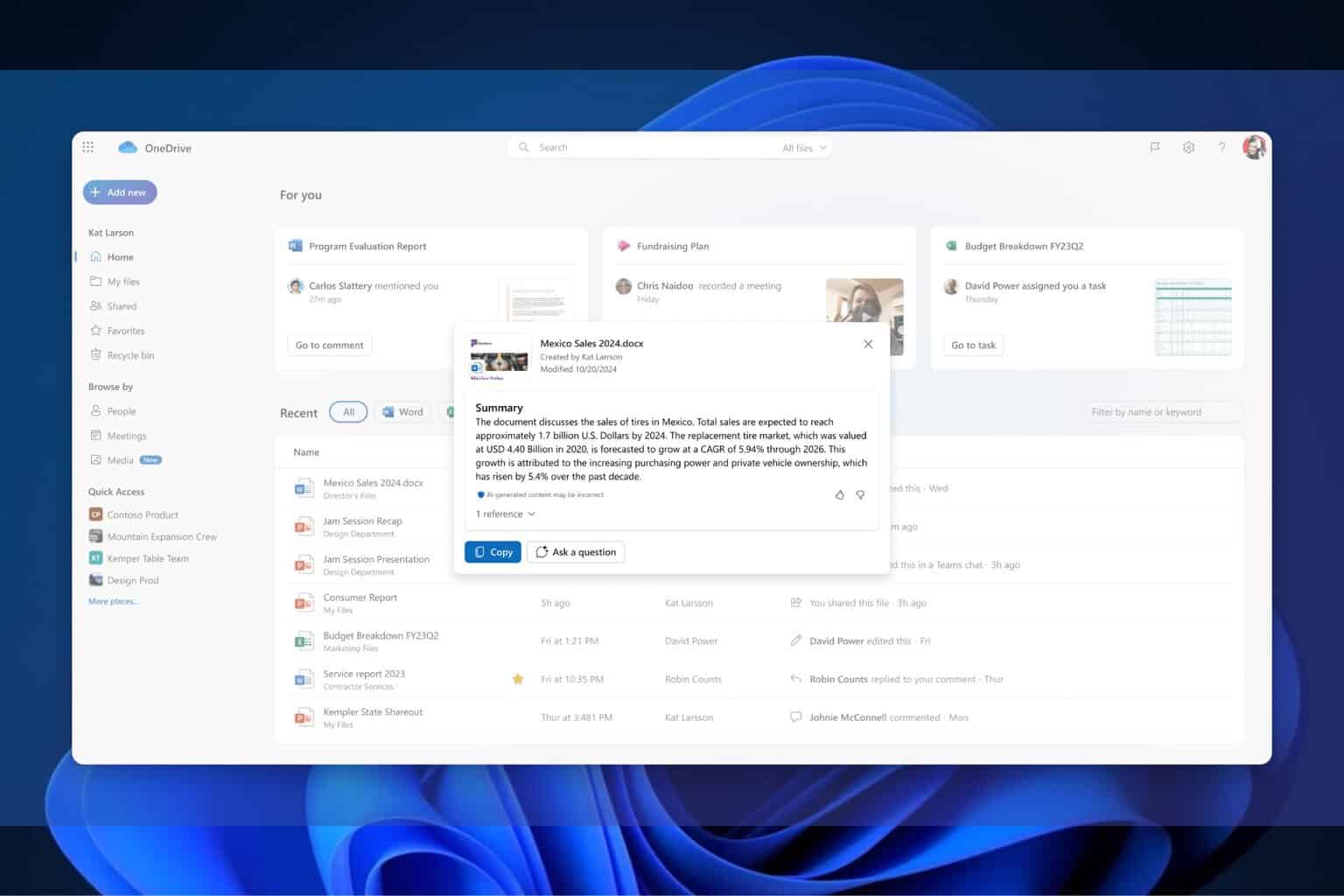
User forum
0 messages